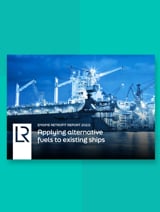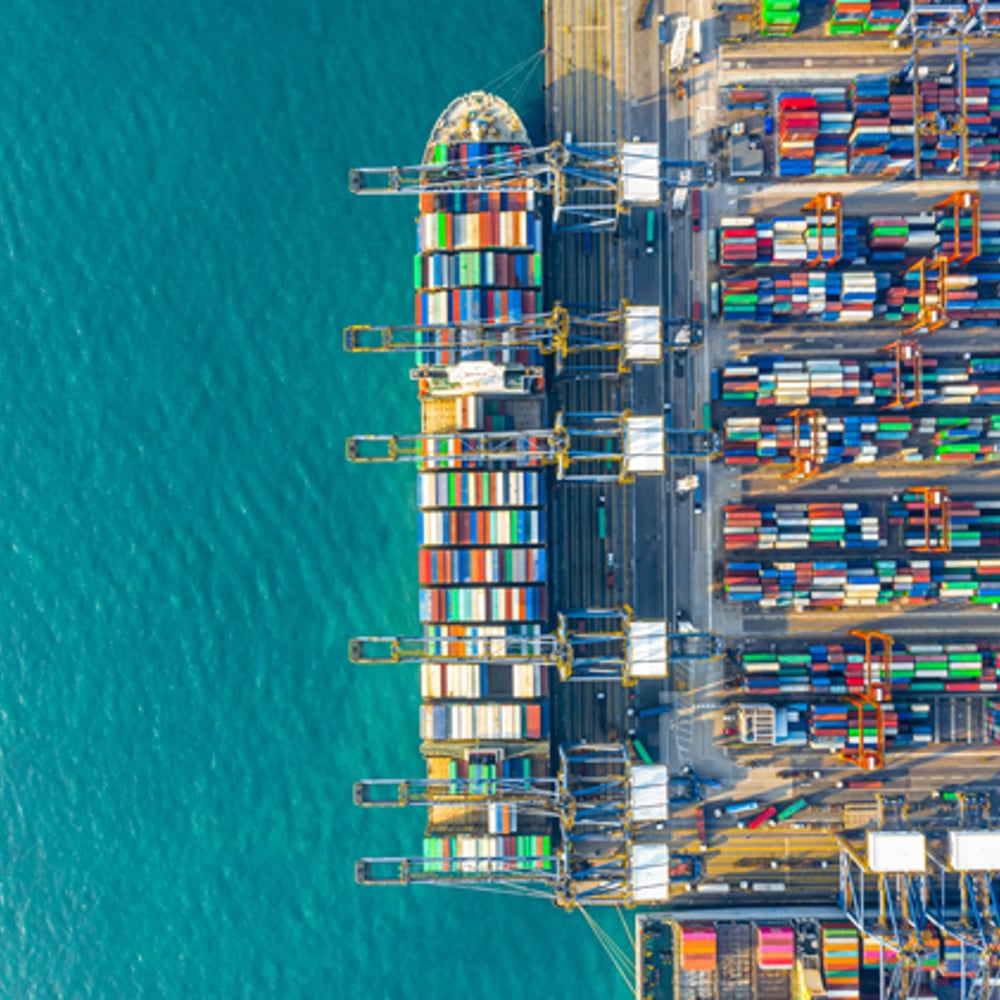Amid the gloom of spiralling energy costs, inflation, war, and the recent United Nations IPCC report which revealed that global carbon emissions are still rising, and governments are not following through on COP 26 assurances, shipping’s own endeavours to cut carbon emissions are in sharp focus. Congested ports, broken supply chains, and Covid-related hold-ups more generally, compound the concerns.
Yet the customers of many container lines – large and small – tell a different story. They can’t wait to speed up shipping’s decarbonisation journey and, what’s more, they say “We’ll pay for it!” Many are already engaged in a series of pilot projects. Others have set up new lobby groups, such as coZEV – Cargo Owners for Zero Emission Vessels – to further the cause by aggregating demand.
Singapore is the latest signatory to the Clydebank Declaration, agreed at COP 26, to which 23 countries have now pledged their commitment. The Clydebank Declaration aims to establish six green corridors where trailblazing shippers, carriers and fuel providers cooperate to cut emissions and try out new sources of ship energy. I see these six green corridors multiplying fast in the months ahead.
At LR, we believe that having the right metrics to measure is an essential component of the fuel transition process. So we’ve built a model – First Movers Framework – designed to assess all of the variables in the equation – well-to-wake emissions, fuel production, supply, transport and infrastructure, safety, regulation, technology readiness, financial implications, and societal response.
Putting this model into practice, we have also launched a new project in Asia – the Silk Alliance – based on container trade between Singapore and Hong Kong. It’s a fine example of the collaboration that is essential in the fuel transition process.
Our partners include MSC, Wärtsilä, Wan Hai Express Feeders, PIL, Keppel Offshore & Marine, Asian Development Bank etc. We expect other stakeholders to become involved – perhaps including one or more signatories to the Poseidon Principles initiative which now accounts for about 50% of global ship finance lending.
To me, two aspects of the Silk Alliance stand out. One, it’s not open-ended. It’s a 12-month project building on our First Movers Framework and a completed pilot study. And two, it’s not limited to new ships and fuels which are not yet available, we can address the challenge of retrofits and decarbonising existing vessels.
I believe that the container sector should be the primary focus for several reasons. In terms of monetary value, the world’s container trades are estimated to account for about 60% of global seaborne trade. Not only do carriers operate ships on specified routes with fixed schedules, but they also carry cargoes for many different customers.
No single shipper, therefore, bears the brunt of dramatically higher fuel costs. Analysts often use trainers as an example. A 20-foot container has capacity for about 3,000 boxes of trainers. For every additional $100 of freight charged for the box to cover more expensive fuel, that’s three cents per pair. Admittedly, most white goods are larger and take more space. But extra fuel costs would still mean only a few extra dollars.
It is logical to start small, with the Silk Alliance and green corridor projects. But these initiatives will spill over to other routes in other regions, and we can scale up fast. The world’s largest liner trade between Asia and Europe offers the most impact potential of any single route, for which the intra-Asia focus of the Silk Alliance provides a good foundation!
We must also manage the enthusiasm of shippers. They may wish to commit their products to ships running on zero-carbon ammonia, for example, but the technology does not yet exist. The first ammonia internal combustion engine is under development and not expected until late 2024 or 2025.
Having shipping’s customers onside is very encouraging, but the testing and assurance of new fuel technologies is essential and cannot be rushed. However, if such fuels were now available, shippers would be seeking RFPs – Request for Proposals – and committing significant volumes of cargo on five- or ten-year deals. That would, in turn, enable shipowners to consider switching to sustainable marine fuel, in the knowledge of a reliable payback.
But we must be realistic. Let’s not forget the regulatory process. Scrutiny of and compliance with competition rules, and approvals from the authorities that oversee them, can take a long time. The liner sector is no stranger to regulatory probes into its business models.
Yet, despite these challenges, I am optimistic. In the container business, the collaboration that is necessary to meet shipping’s unprecedented challenge is now even stronger than it was because we have many of our leading customers onside.







